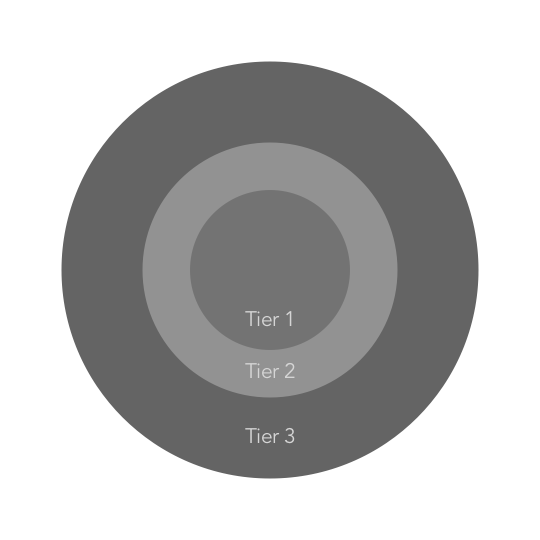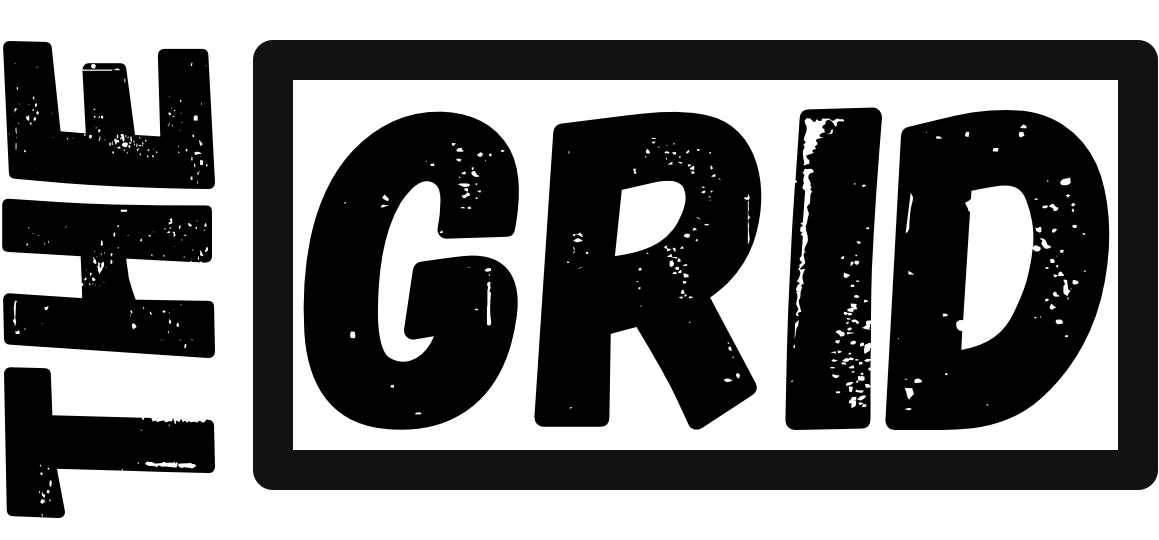Today, there has been much said about friendships and their value to our lives. Certainly, after this pandemic, we have started to consider the value of human connections.
We have people we hold closest. We also have passive connections. Then there are the closest friends. They can even be described as “chosen family”.
The moral of the story, of course, is that not every connection we make is good. Not every connection or friendship can be inherently good or continue to be. Yet to understand this, we must find a way to quantify or visualise this.
After discussing my own personal unhappiness, a visual approach showed its worth, and how to quantify those challenging friendships.

What this means and how it qualifies friendships
The approach is simple, by placing the key friendships on the first tier. This covers the closest friends. The second tier includes nearly important friends. The third tier holds the least important or those that have been “relegated” to this lower tier.
An important aspect of this is how relationships and connections can indeed change, causing a change in ranks. This change can be either positive or negative based on actions or how those connections tend to evolve over time.
The Friendship Tier System
| First Tier | The first tier friendships are those that are deemed to be “good” friends, or best friends. Those that would you would do anything for, and those that would hopefully return the opposite versa. You also wish to have a best friend at the very top of this. |
| Second Tier | The second tier are those connections that are more or less acquaintance. Those people that are there and have a role to play in your life. However, they are not true friends. They do not belong to the primary first tier. This distinction helps differentiate between acquaintances and friendships. |
| Third Tier | The dreaded third tier, is a place for those friendships and connections that have not gone to well. More specifically, this category includes people who are potential time wasters. It also includes those who have had too many chances and been demoted to that level. However, they can work back to the prior ranking. |
Conclusion
This approach is a short summary of how we categorise friendships. We can learn from understanding our human connections. It’s important to learn from them and recognise their importance. Another aspect of this model is understanding the significance of friendships. This is crucial, especially when things don’t go as planned.
Overall, we appreciate the value of this, as friendships along with other interactions are something that must be valued. Regardless of being an introvert or an extrovert, we can only ever make a certain number of human interactions. We perhaps value these connections more in this post-pandemic world.
Like with any connection, they can evolve over time. And we must also think about how to maintain and nurture such connections. After all if we note the fact that friends ranking can increase or decrease. Although we do need to consider that our actions play a role, as do the others.


Leave a Reply